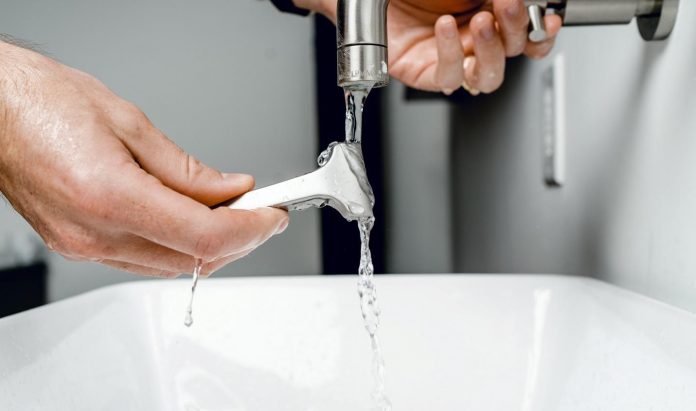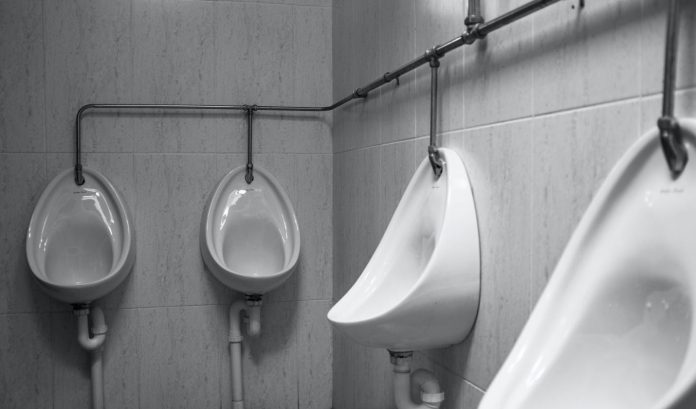The plumbing of a home has to deal with a lot every day. Even if you always choose the best products in the market, you need to replace some of the plumbing fixtures sooner than others. After all, everyone expects their home’s pipes and plumbing fixtures to keep working as they should for decades. If you take good care of your home’s plumbing, you can keep everything in perfect condition and run it longer than its average lifespan. Through this write-up, the best plumber in Ontario attempts to explain how long your home’s plumbing lines will remain in action. If you wish to know it, you should continue reading. https://rooterhero.com/plumber-ontario-ca-plumbing-repair-service
The pipes
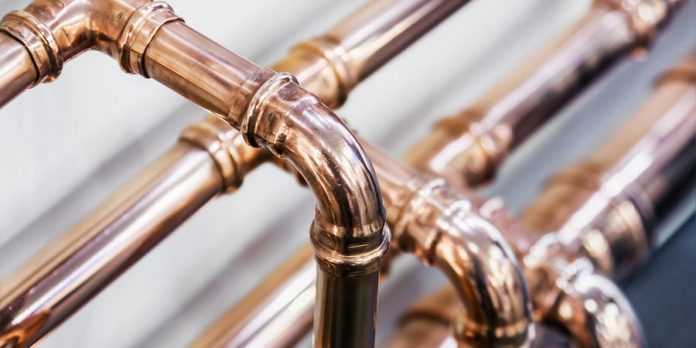
You should begin by knowing the kind of plumbing you have in your home. It can make a significant difference because you’ll be aware of its life expectancy before the entire plumbing line gets compromised. The best way to find out everything about your property’s plumbing lines is to summon a home inspector and ask the specialist to provide you with a home inspection report. If you purchased your house recently, the documents and warranties that came with it should also be able to give you an idea about the type of plumbing system you have and the time of installation. Furthermore, you can resort to the services of a plumber in Hayward. They can conduct a thorough investigation and provide you with the true status of its feasibility. On average, pipes made of steel, brass, or iron will remain in action for 50 to 70 years. Copper pipes, on the other hand, may last 70 to 80 years or more. PVC, however, has a shorter lifespan of 50 years or less. Some of the properties in the Mid-Atlantic build in the 1970s to 1990s used a product that earned popularity briefly – polybutylene. Plumbers loved this material because the pliable plastic used in crafting the pipes made their work easier. Soon after that, everyone found the product is extremely susceptible to breaking.
Today, service providers have to remove pipes made from polybutylene from the homes of their clients as a preventative measure. Remember to ask a specialist to inspect your piping lines to see if they’re failing. How do you know when your plumbing lines are failing? The most obvious signs include cracked pipes, corrosions, or leaks. Other signs will appear soon enough, such as wet baseboards or the section behind the sink or dishwasher, warped flooring, stained flooring, etc. Water pressure reduction can also point to a clogged drain or a leak downstream from the fixture. Rattling or gurgling sounds from your pipes may indicate a pipe blockage that’s trapping air.
Water heaters
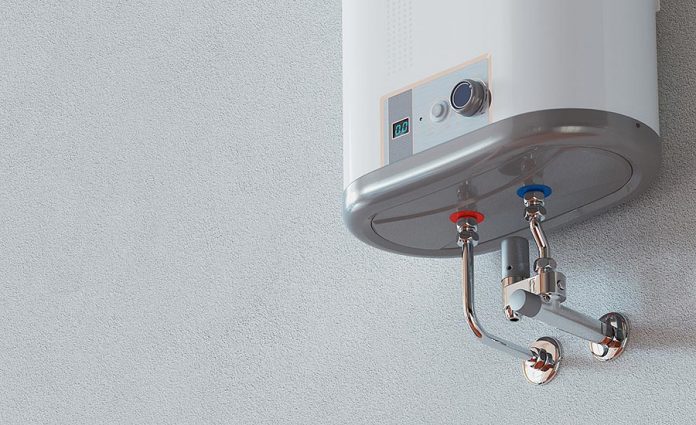
After gauging the condition of the pipelines, you should turn your attention to your water heater. Has it been cranking lately? If you have been hearing noises during your morning hot shower, you must get your water heater inspected by a professional. Of course, the number of people inhabiting a house will influence the lifespan of a water heater. The more people use it, the more pressure it has to deal with every day. Nevertheless, experts say that a water heater without a task will last somewhere around 20 years. Conversely, a traditional water heater will continue working without a hitch for almost 12 years. Heat pump water heaters will function normally for just 10 years.
The toilets
If one or more toilets in your house start to malfunction, you’ll have a significant problem on your plate. A plumber in Ontario says that a toilet can last almost half a century without causing problems. However, it doesn’t mean all the internal components associated with it will work properly for that long. A toilet operates relatively simply, but it does have almost a dozen moving parts. Naturally, it isn’t unusual at all if you have to replace one or more of the components during its lifespan. However, if the bowl gets cracked or if you notice issues concerning flushing, you should just get a new toilet at the earliest. Also, experts suggest getting rid of toilets manufactured before 1994 because older products waste gallons of water causing your water bill to increase. New toilets can offset the expenses associated with high water bills.
Other components
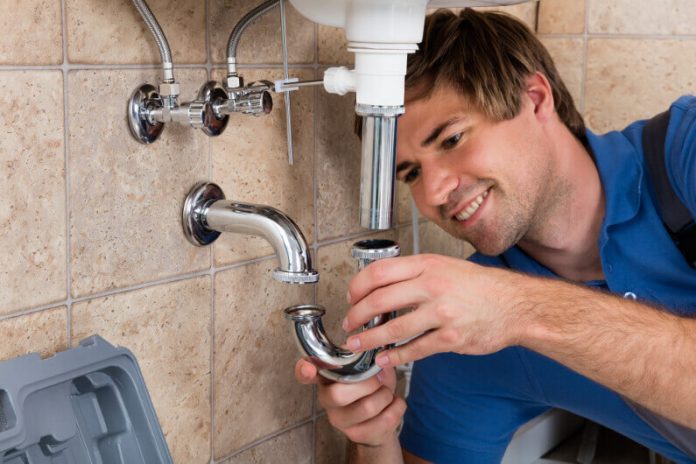
Apart from everything mentioned above, you should get a plumber in Hayward to take a look at the other plumbing components, such as the faucets, sump pumps, and well pumps. Kitchen faucets, for one, have been evolving with time and currently boast of running on smart technology and touch-less technology. Regardless of what you choose to use, you need faucets in the kitchen as they are a necessity. The lifespan of a faucet can differ based on manufacturers, but on average, faucets last around 12 years. With time, faucets get clogged due to mineral deposits from the hard-water used in homes.
During situations like these, a simple cartridge repair should be enough. The sump pump kept in your basement ensures that the area remains dry during heavy rains, and they last around 10 years. If you have a reason to believe yours is reaching the end of its lifespan, you should get it inspected at the earliest. Finally, if your home stands on a well, you’ll have a well pump that will keep the water supply running. They usually remain in action for 8 to 15 years, but a few factors will dictate their lifespan, including water usage, the number of inhabitants, area water levels, and sediment levels. When it’s time to undertake plumbing line repairing or replacement projects, you shouldn’t hesitate to take them up. Plumbing line failures can lead to significant home damage. Neglecting this requirement may cause a small replacement job to turn into a massive insurance nightmare. Fortunately, the best plumbers in your area can tell you whether the problem is one that they can repair. They can also provide replacements if they recognize it as the best course of action.
